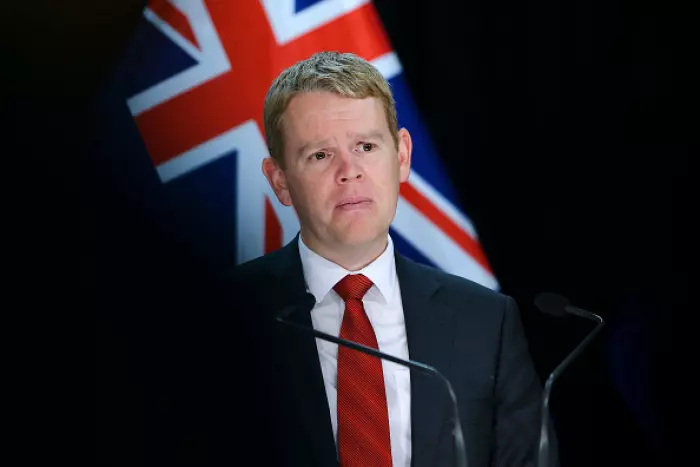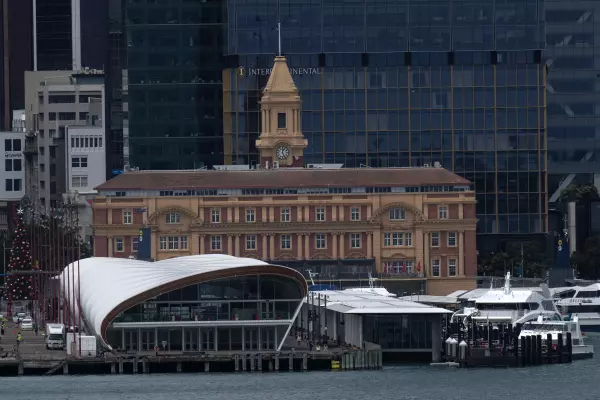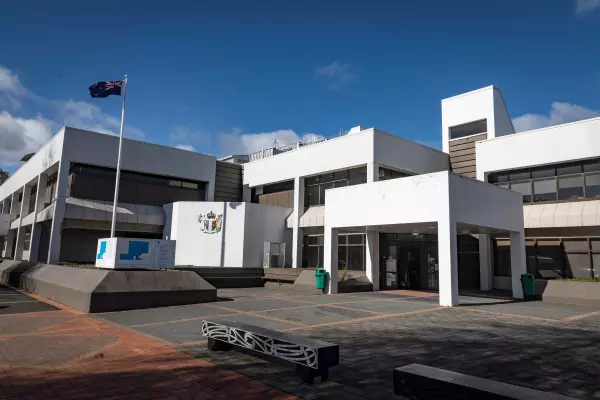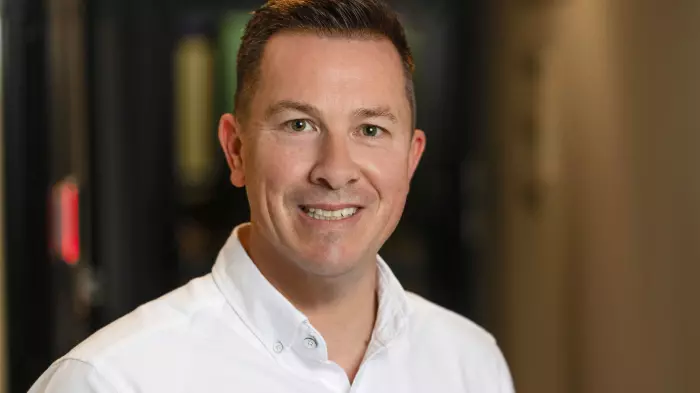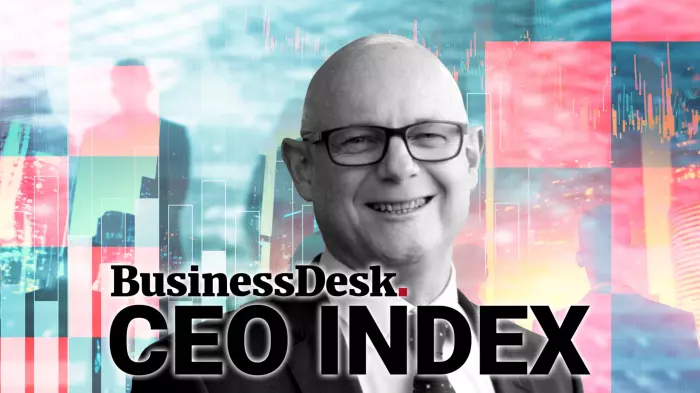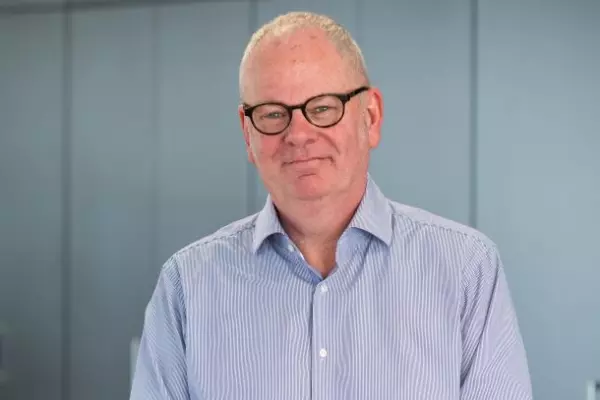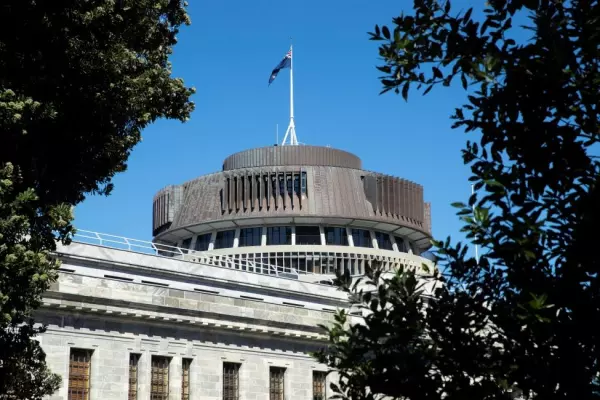Despite guidance to restrain pay, the number of public servants earning more than $100,000 jumped by 21% in the past year.
New data released by the Public Service Commission on Tuesday show 18,301 people working in the 36 public service departments, as well as six selected Crown agencies, earned more than $100,000 in 2020/21, about 3,250 more than the previous year.
The higher-paid, which excluded chief executives, made up about 28.6% of total staff – so more than one-in-four. According to the commission, the bulk of the increase were those in the $100,000-$130,000 pay bracket, but there were also increases higher up.
About 1,440 people earned more than $200,000; 221 people earned more than $300,000 and 31 staff earned more than $400,000, up 15 on the previous year.
In April last year, the Public Service Commissioner released guidance around pay restraint in the context of covid-19. According to a Beehive press release, the commissioner at that time asked agencies to have nil or minimal pay increases until June 2021 (contractually agreed increases exempted).
In May this year, finance minister Grant Robertson and public service minister Chris Hipkins infuriated unionised public servants when they announced updated guidance interpreted by some as tantamount to a pay freeze (the government denied this was the case). The issue led to a fraught meeting between politicians and the Public Service Association.
The guidance directed agencies to target pay increases to people earning less than $60,000 and for there to be "no pay increases for those earning over $100,000", according to the press release.
National MP Simeon Brown, who became his party’s public service spokesman this week, said the increase in the number of public servants earning over $100,000 showed pay restraint talk hadn’t translated into action.
“While businesses have been shut, and people have had cuts in their income due to lockdowns, the government has been on a pay frenzy,” he said.
Total wage bill up
Total estimated salary costs in the public service increased by 10.8% to $5.36 billion in 2021, up from $4.84b in 2020. According to the commission, this was driven by a 6.9% increase in staff numbers and a 3.7% increase in the average salary (compared to a 4.4% increase in the private sector).
The average salary across the public service in 2020/21 was $87,600.
With the service prioritising low and middle-income earners for pay increases, a Public Service Commission spokesman said people earning below $100,000 may have been pushed over the threshold as a result. This didn’t mean staff already earning over $100,000 were getting comparable increases, he said.
In the year to June 2021, the average salary increase for non-management was 4.3% compared with 0.6% for management. This reflected the focus on the lowest paid, the spokesman said.
There was also a lag between the guidance being issued and taking effect, he said, as people would be on multi-year agreements negotiated before 2020. The guidance was also meant to have some flexibility for those earning over $100,000 for things like closing gender or ethnic pay gaps.
Public service minister Chris Hipkins said the increase in average salaries had been driven by increases for the lowest-paid staff, mostly social, health and education workers.
Public service chief executives were still expected to consider alternatives or payments that didn’t result in ongoing salary increases for high earners, Hipkins said. One-off payments were an example, he said. The minister didn’t expect this to be the case, though, if pay bands hadn’t been adjusted for a number of years or there were retention issues.
Union responds
PSA national secretary Kerry Davies said the increase in average wages in the sector was due to the changing composition of the public service workforce and the size of different occupations within it.
This was being driven by changes in technology and the need to respond to covid-19, she said.
IT professionals had the largest increase in staff numbers across the public service in 2020/21, up 11.8%, or 884 extra employees. Davies said the IT workforce enabled the record turnaround times on covid-19 wage subsidies and business support packages.
There was also a large proportional increase in the size of the legal, HR and finance occupations, a workforce that had provided expert advice and development on legislation and regulation.
“These numbers tell the story of a modern and effective public service, and it’s not about pay growth for people in higher-paid roles,” Davies said.
Wage growth had almost all been at lower pay rates, she said. The annual increase in salaries at the 95th percentile was 1.5%.
Do you know something we should know? Email BusinessDesk's public sector investigation team: [email protected].


